Categories
- Knowledge and help (85)
- Blog (135)
- Oberon (11)
- bioplasm nls (14)
- Diacom nls (20)
- Metatron Hunter 4025 NLS review (41)
- Metatron Hunter Manual (7)
At its core, a Non Linear Diagnostic System operates on the principle that all biological matter emits specific electromagnetic frequencies. These systems can detect and analyze these frequencies, identifying deviations that may indicate health issues before they manifest as physical symptoms. This represents a paradigm shift from traditional diagnostic approaches that typically detect problems only after they’ve progressed significantly.
NLS technology centers on spectral analysis of the cortex magnetic field found around biological matter. The system works by sending signals through trigger sensors (typically placed on the head) to selected body organs, cells, or pathogens, requesting identification. Various health conditions change cellular metabolic processes, initiating changes in cell oscillation that the system can detect and analyze.
The technology allows for three-dimensional scanning that can examine cellular structures, tissue layers, chromosome sets, and even fragments of DNA helix. This level of detail provides unprecedented insight into the body’s functioning at multiple levels simultaneously.
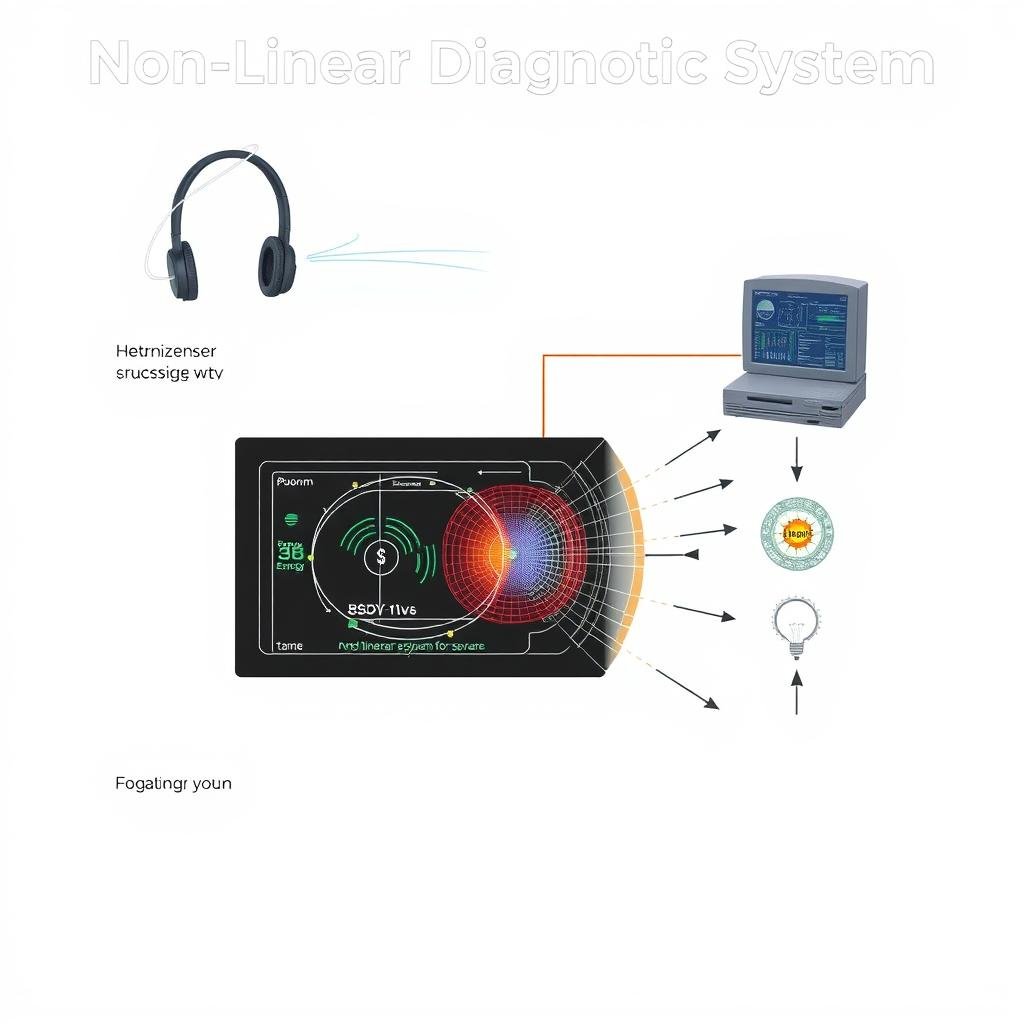
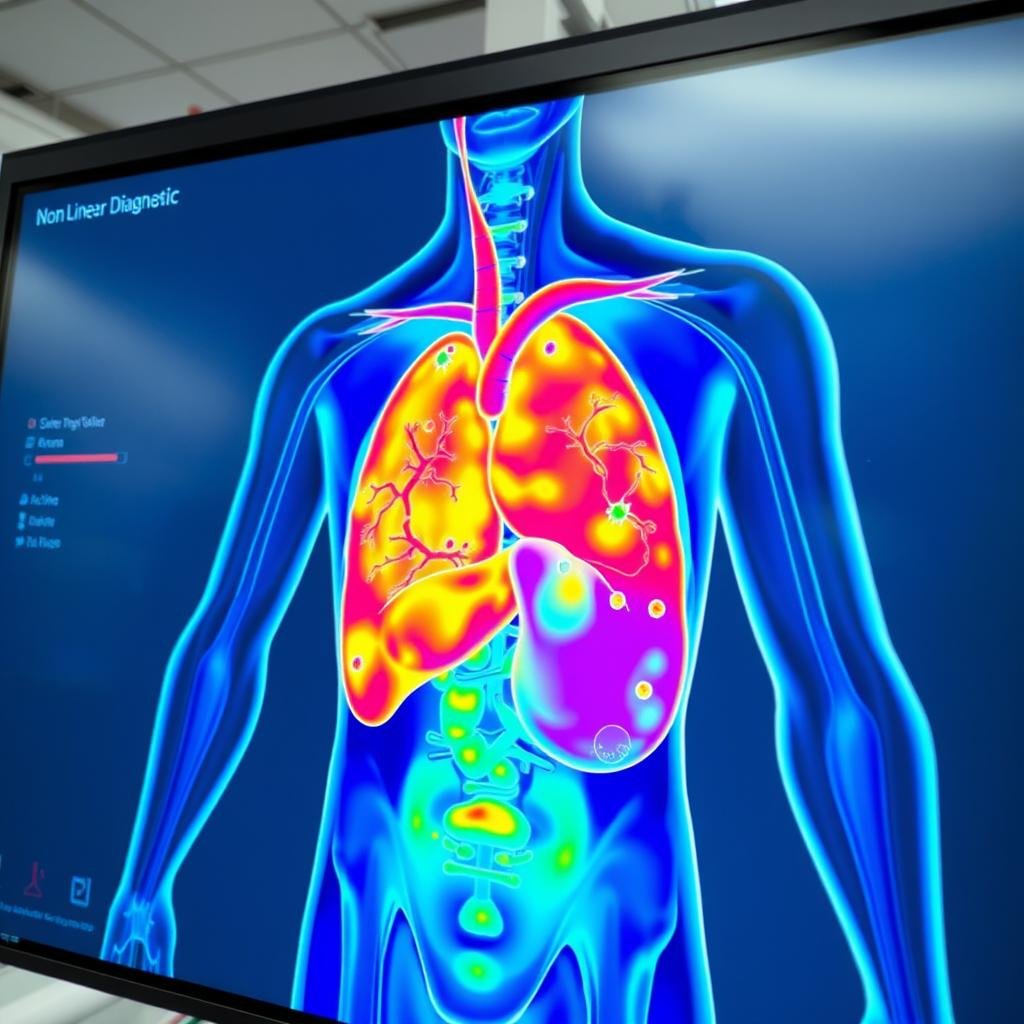
NLS can analyze up to 886 different items in the body, from major organs to cellular structures, providing a holistic view of health status.
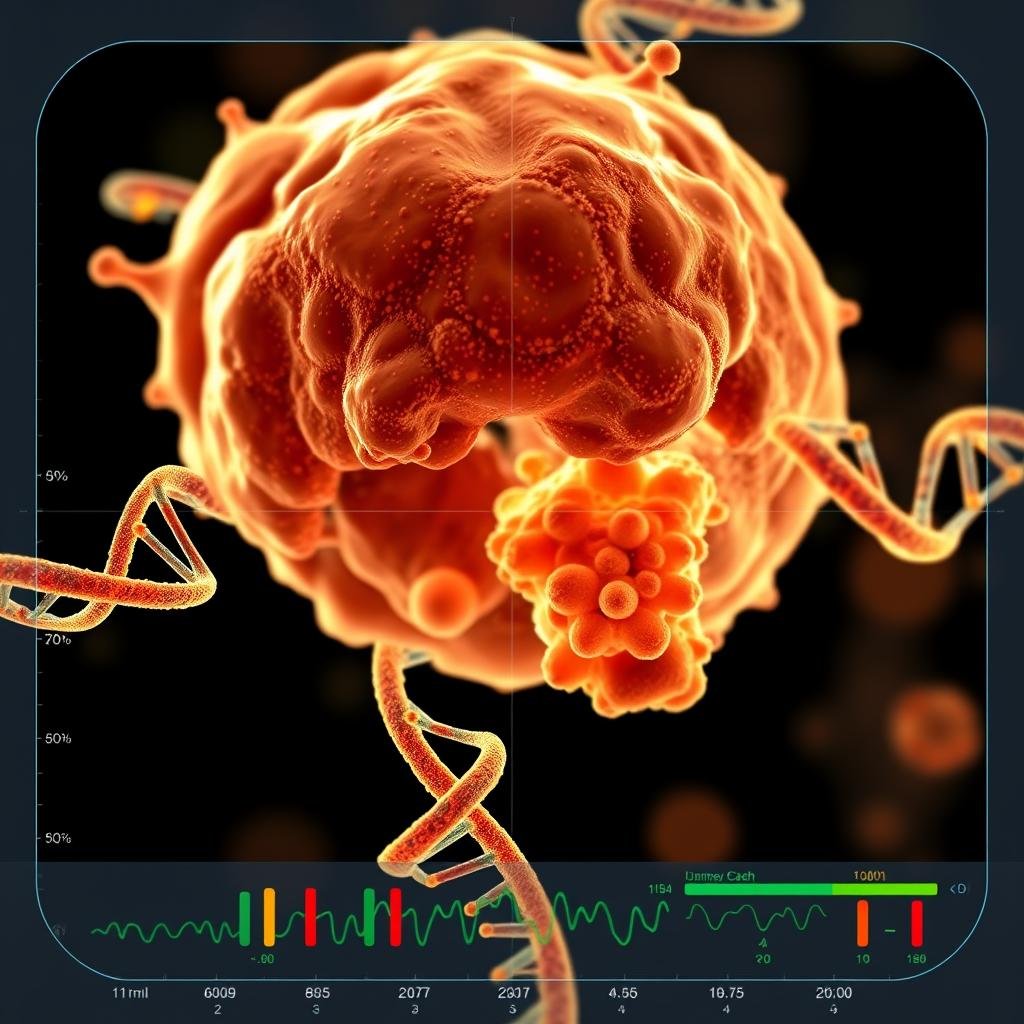
The system can detect and localize cell changes down to the genetic level, identifying potential issues before they manifest as symptoms.
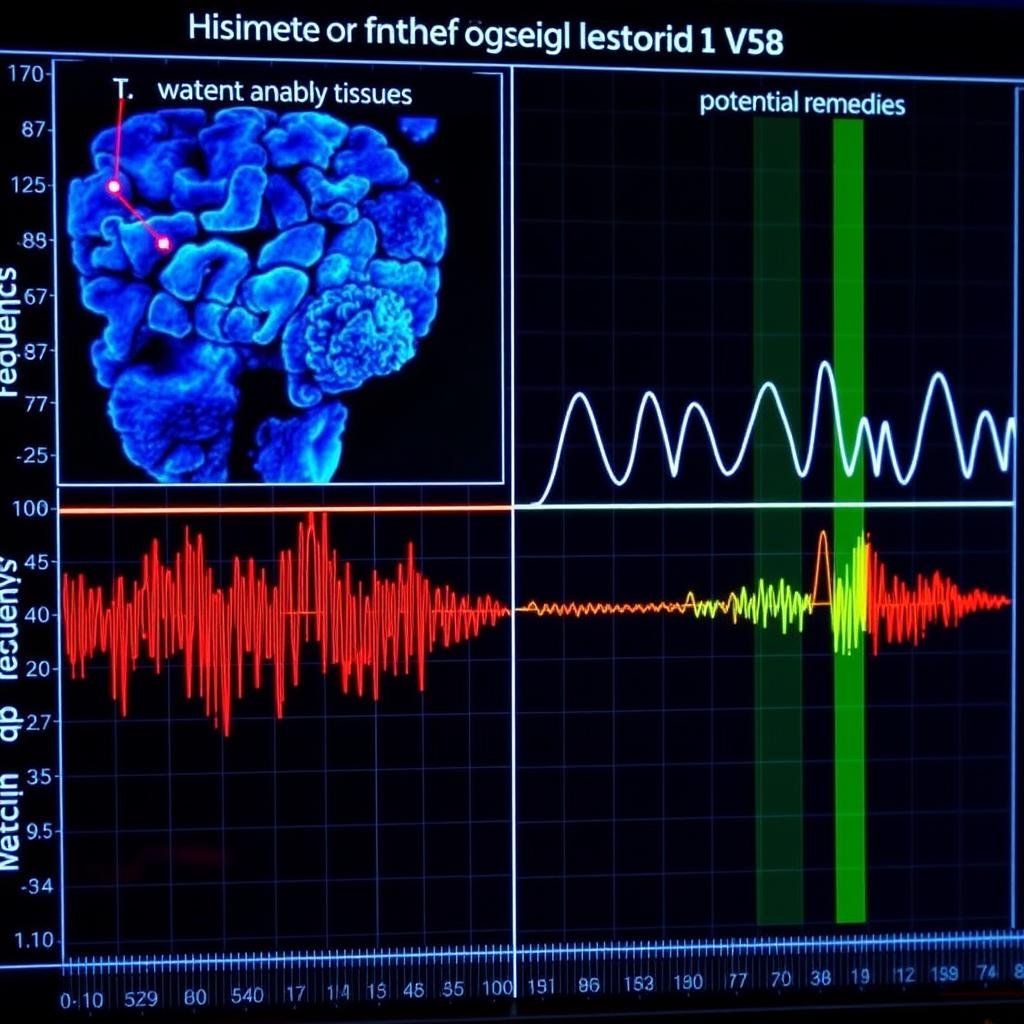
By matching frequencies, NLS can identify optimal remedies with spectral characteristics that align with the body’s needs for potential correction.
Discover how our Non Linear Diagnostic System can provide insights into your health that conventional methods might miss.
The versatility of Non Linear Diagnostic Systems allows for application across numerous health domains. Unlike conventional diagnostic tools that often focus on specific body systems, NLS technology provides a comprehensive assessment that can identify interconnections between seemingly unrelated health issues.
One of the most valuable applications of NLS technology is in preventive health screening. By detecting subtle changes in cellular energy patterns, these systems can identify potential health concerns before they develop into clinical conditions. This early detection capability makes NLS an invaluable tool for preventive healthcare strategies.
While not intended to replace conventional medical diagnostics, NLS technology serves as a powerful complementary tool that can provide additional insights. The information gathered can help guide further testing and support more personalized treatment approaches.
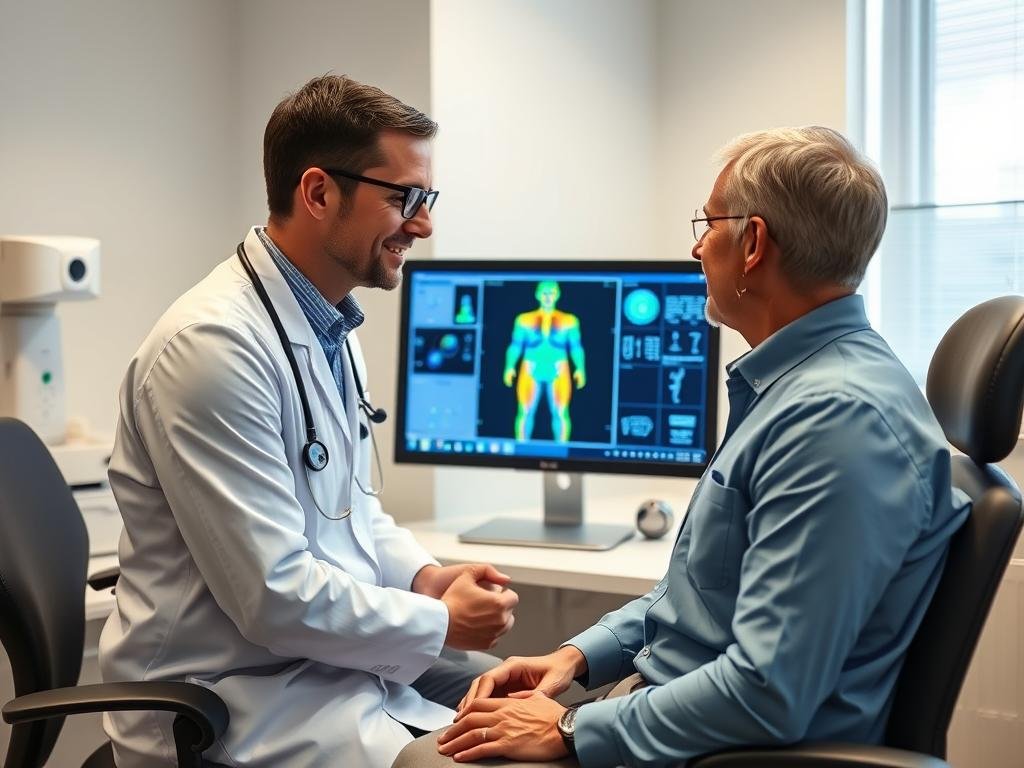
| Assessment Category | Specific Capabilities | Potential Benefits |
| Organ Function | Comprehensive analysis of all major body systems and organs | Early identification of functional changes before clinical symptoms appear |
| Nutritional Status | Detection of nutritional deficiencies and food sensitivities | Personalized dietary recommendations based on individual biochemistry |
| Microbial Presence | Identification of bacteria, viruses, fungi, and parasites | Targeted approach to addressing microbial imbalances |
| Toxin Burden | Assessment of heavy metals and environmental toxins | Customized detoxification strategies based on specific findings |
| Emotional Factors | Evaluation of how emotional patterns affect physical health | Integrated approach addressing both physical and emotional aspects of health |
“The Non Linear Diagnostic System allowed us to identify subtle imbalances in patients that weren’t appearing on conventional tests. This additional layer of information has been invaluable in developing more comprehensive treatment protocols.”
A 45-year-old patient with chronic fatigue had undergone multiple conventional tests with inconclusive results. An NLS assessment revealed low-grade inflammation in the digestive system and adrenal stress patterns that weren’t detected by standard blood work. Addressing these specific issues led to significant improvement in energy levels within eight weeks.
During a routine wellness assessment using NLS technology, a 52-year-old asymptomatic individual showed early energetic changes in thyroid function. Follow-up testing confirmed subclinical hypothyroidism that would likely have gone undetected for months or years. Early intervention prevented the development of more serious symptoms.
Our experienced practitioners can help you understand how Non Linear Diagnostic System assessments might benefit your specific health situation.
To fully appreciate the unique capabilities of Non Linear Diagnostic Systems, it’s helpful to understand how they differ from conventional linear diagnostic approaches. While both have their place in healthcare, they operate on fundamentally different principles and offer complementary insights.
For healthcare practitioners considering the integration of Non Linear Diagnostic Systems into their practice, several key factors should be considered. The implementation process requires proper training, understanding of the technology’s capabilities and limitations, and clear communication with patients about what the assessment can provide.
Effective use of NLS technology requires specialized training. Practitioners need to understand not only the technical operation of the system but also the interpretation of results within a holistic health framework. Most reputable NLS manufacturers offer comprehensive training programs that cover both the scientific principles and practical application.
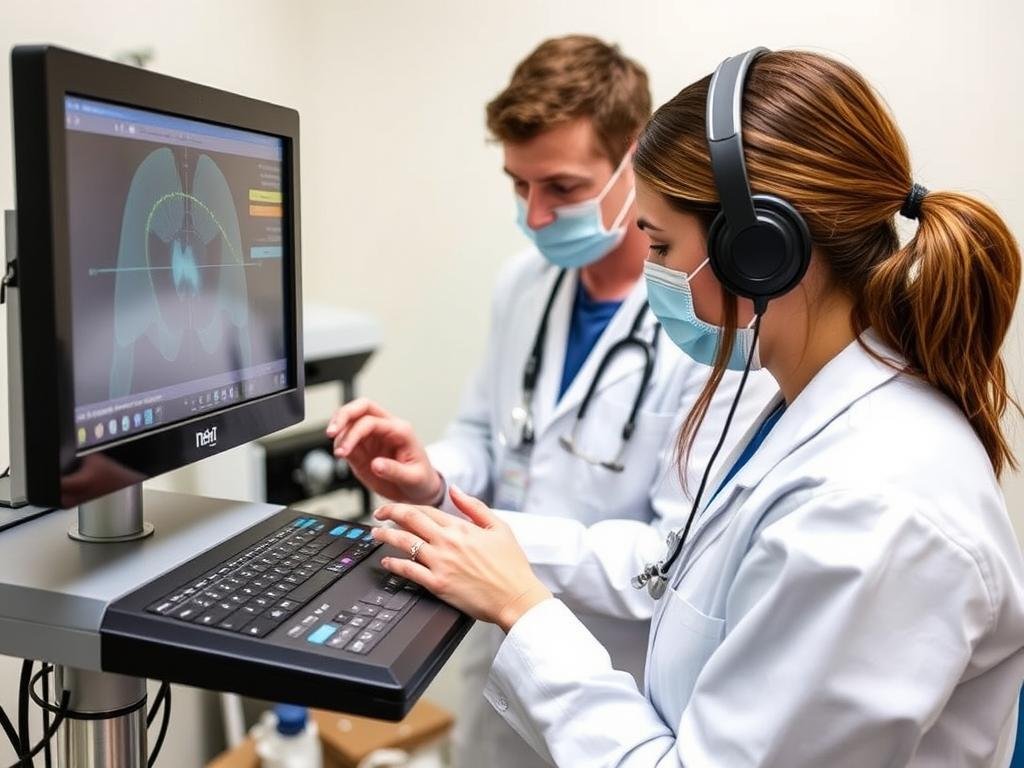
Clear communication with patients about what NLS technology can and cannot do is essential. It’s important to position the assessment as a complementary tool that works alongside conventional diagnostics rather than replacing them. Providing educational materials that explain the science behind the technology in accessible language can help patients understand the value of the assessment.
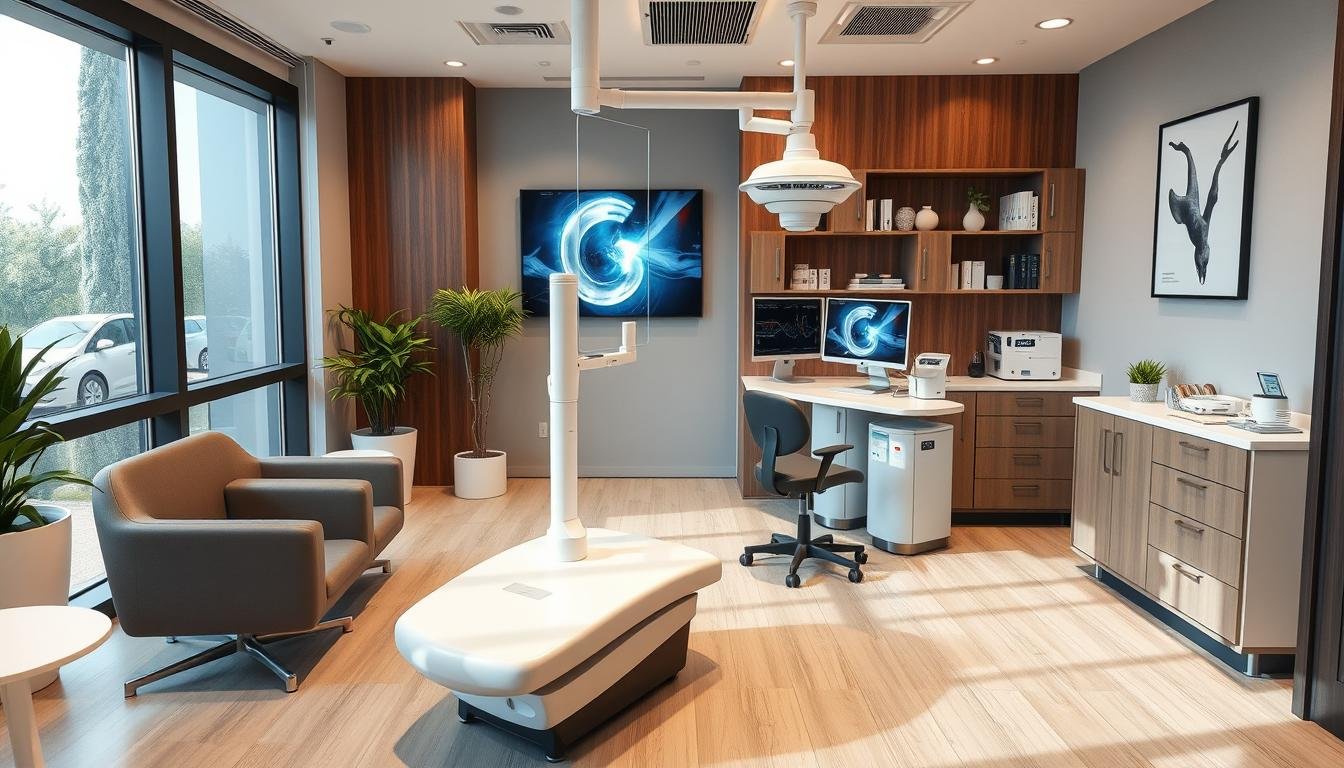
The field of Non Linear Diagnostic Systems continues to evolve, with ongoing research and technological advancements expanding the capabilities and applications of these systems. Several key trends are shaping the future of this technology.
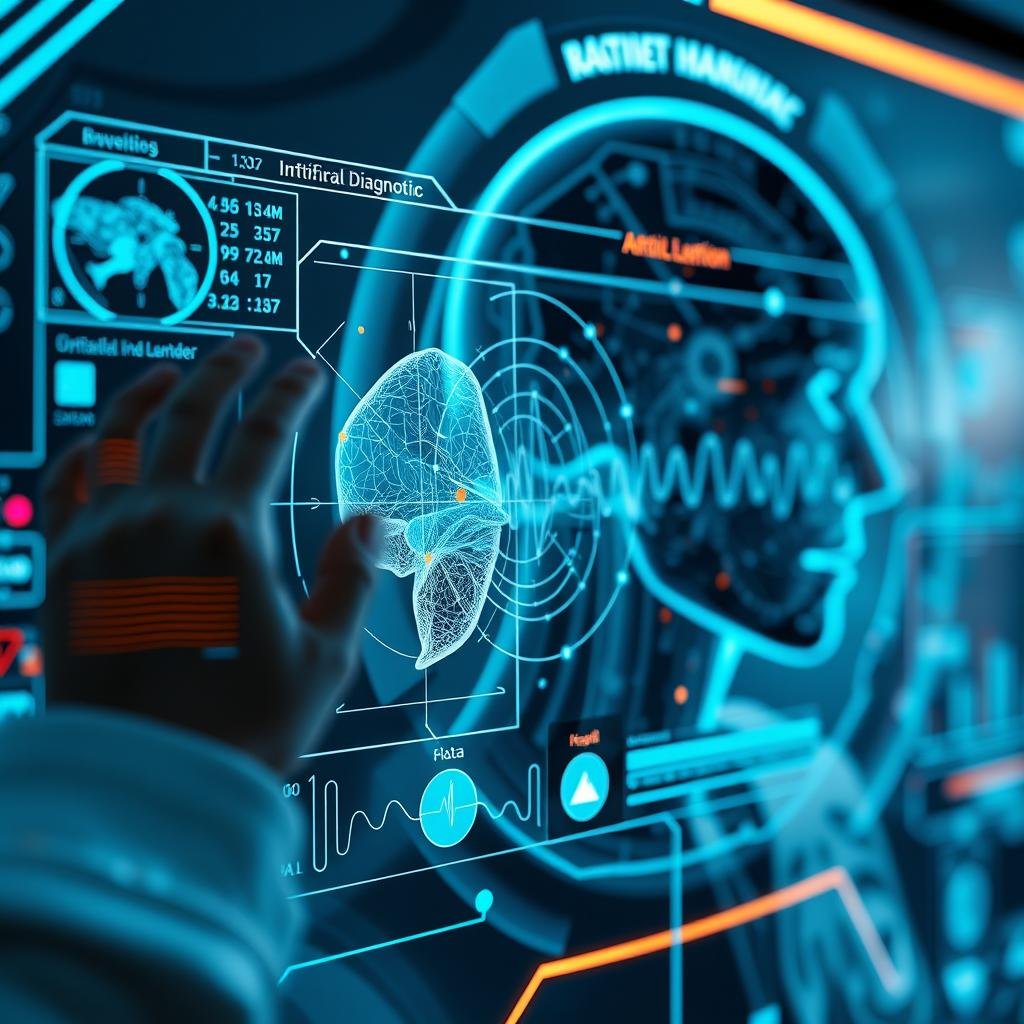
Artificial intelligence is being incorporated into newer NLS models to enhance pattern recognition and provide more nuanced interpretation of results. This integration promises to improve diagnostic accuracy and provide more personalized health insights.
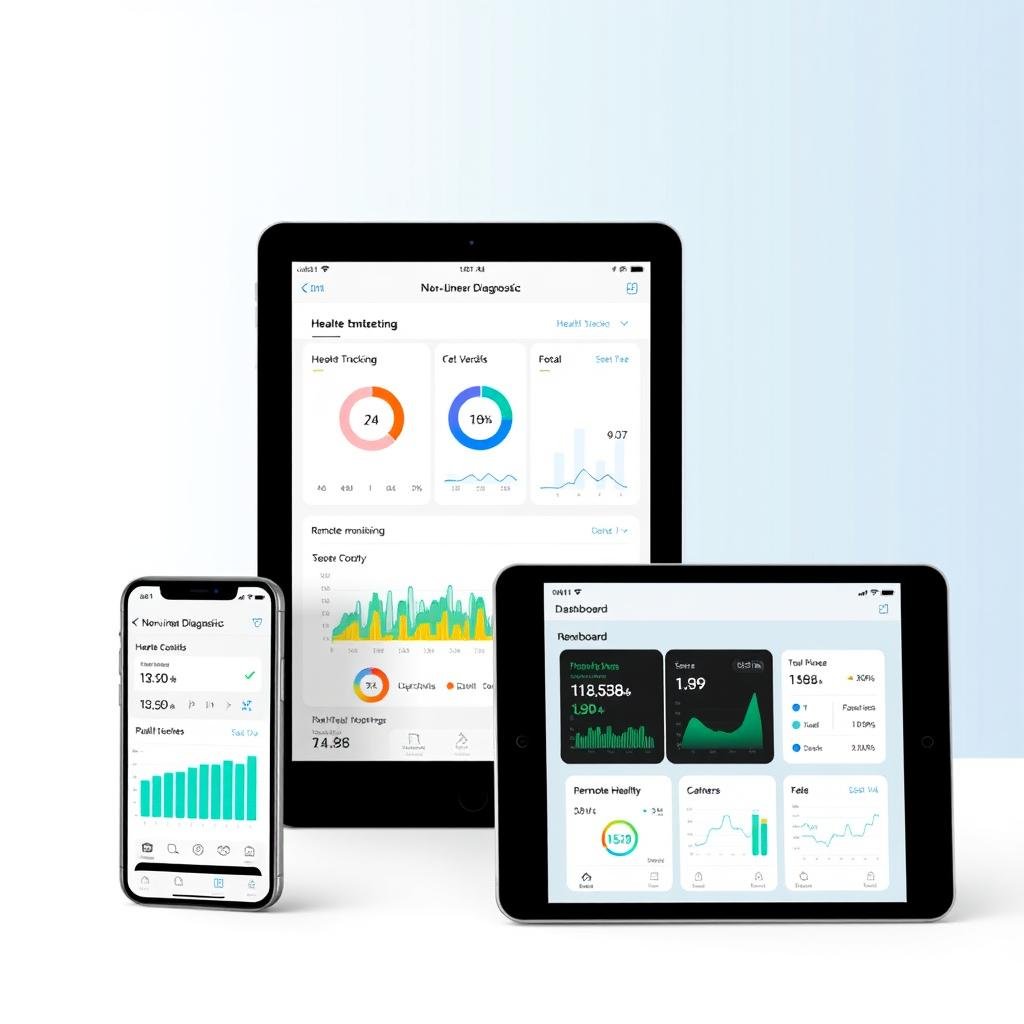
Development of more portable and user-friendly systems, including mobile applications that allow patients to track their progress and practitioners to monitor changes remotely, is expanding accessibility of the technology.
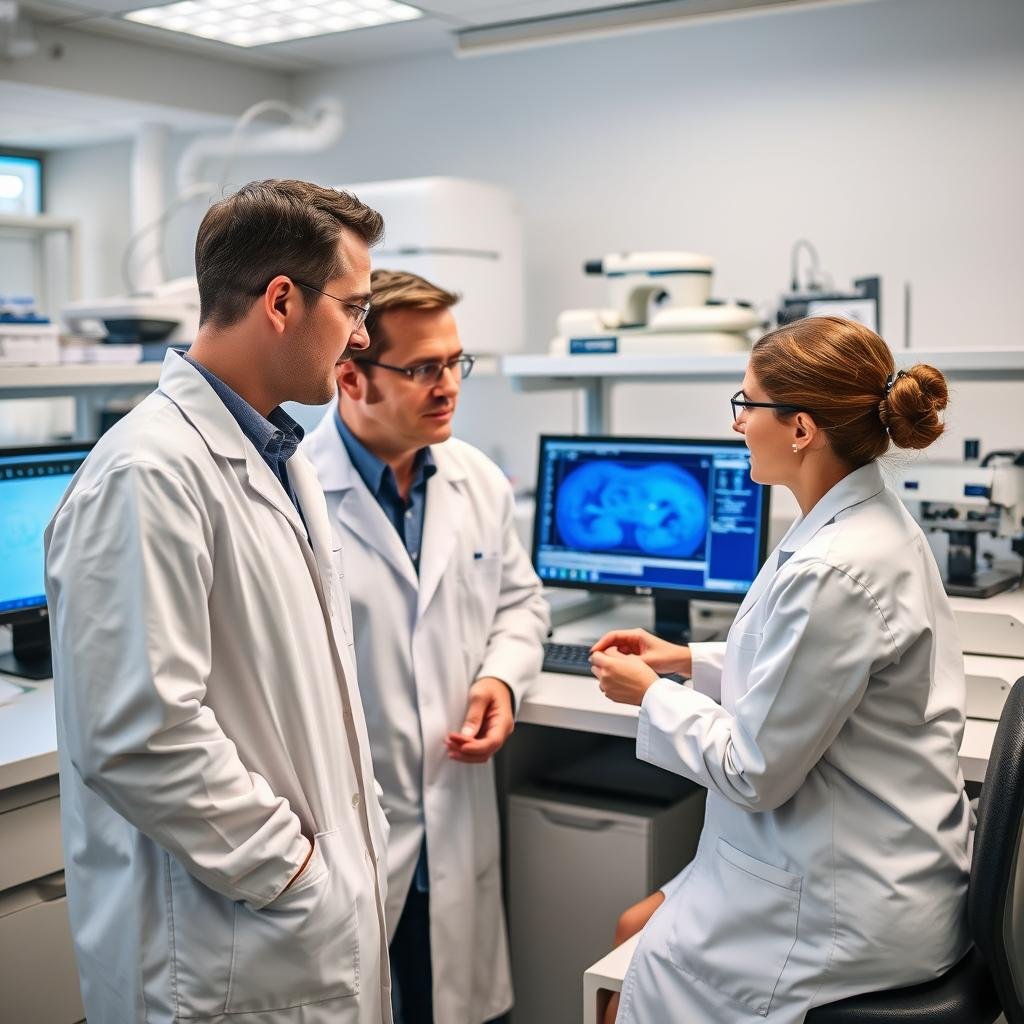
Ongoing clinical research is focusing on validating NLS findings against conventional diagnostic methods, building a stronger evidence base for the technology’s applications in various health conditions.
Research is exploring new applications for NLS technology, including personalized nutrition planning, environmental sensitivity assessment, and integration with genomic data for truly personalized health strategies. These developments suggest an expanding role for non-linear approaches in the future of healthcare.
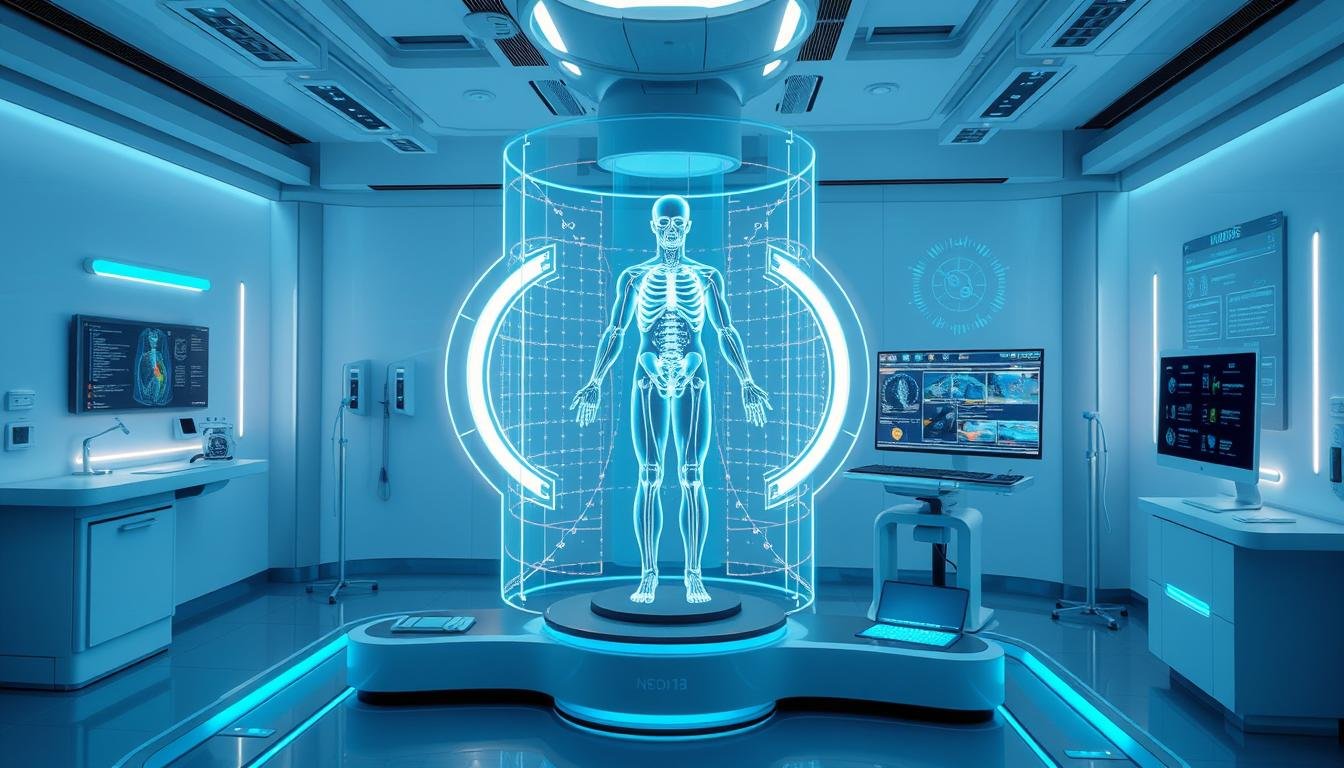
Modern Non Linear Diagnostic Systems typically report accuracy rates of 95-97% when used by properly trained practitioners. However, it’s important to understand that NLS provides information about energetic patterns and tendencies rather than definitive medical diagnoses. The technology is most effective when used as part of a comprehensive approach that may include conventional diagnostic methods.
NLS assessments are completely non-invasive and painless. The process typically involves wearing a headset with sensors that detect the body’s electromagnetic signals. Most patients report that the experience is comfortable and relaxing, with sessions usually lasting between 30-60 minutes depending on the extent of the assessment.
While there are similarities between various energy medicine technologies, Non Linear Diagnostic Systems specifically focus on the analysis of torsion fields and non-linear dynamics of biological systems. The technology uses advanced mathematical algorithms to analyze the body’s responses to specific frequency patterns, providing a detailed mapping of energetic states across multiple body systems simultaneously.
The frequency of assessments depends on individual health goals and circumstances. For general wellness monitoring, many practitioners recommend assessments every 3-6 months. For individuals addressing specific health concerns, more frequent assessments might be beneficial to track progress and adjust approaches. Your healthcare provider can recommend an appropriate schedule based on your specific situation.
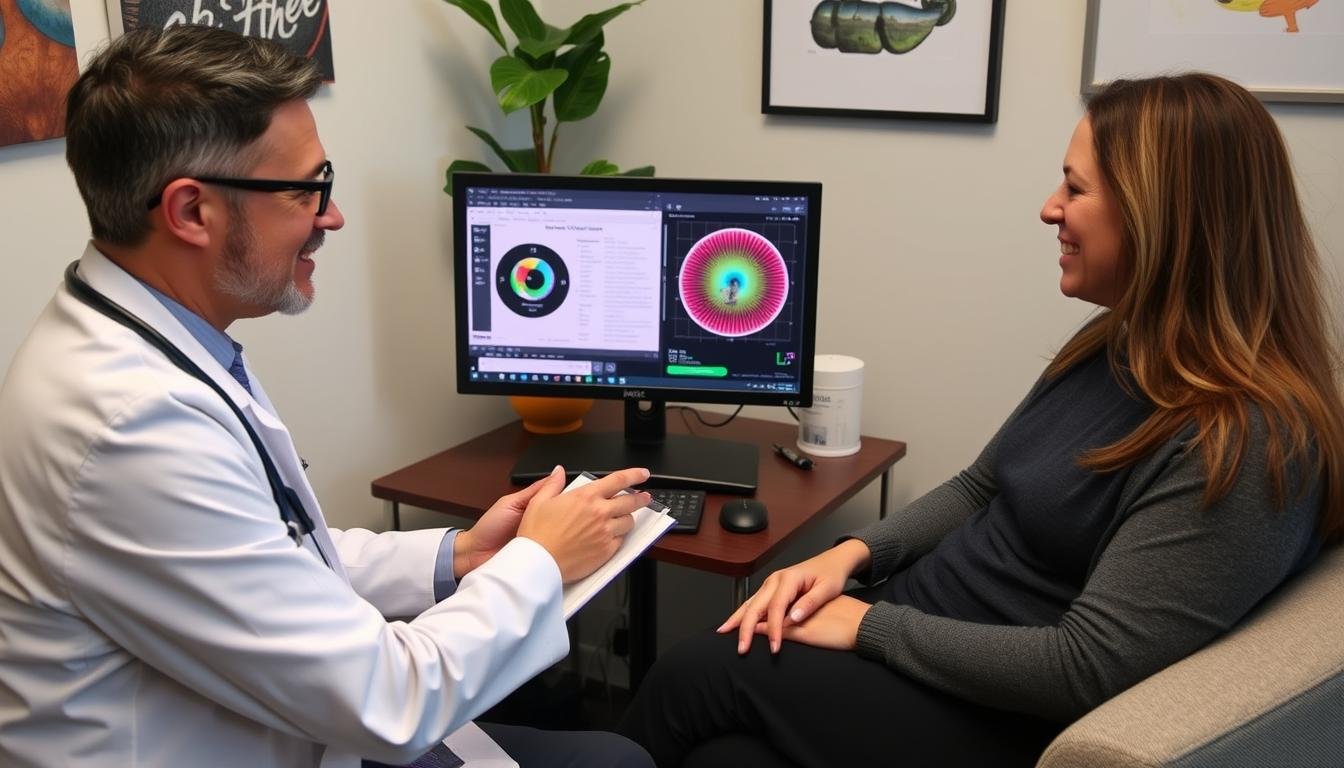
As we’ve explored throughout this article, Non Linear Diagnostic Systems represent a significant advancement in our approach to health assessment and monitoring. By analyzing the subtle energetic patterns of the body, these systems offer a unique perspective that complements conventional diagnostic approaches, potentially revealing insights that might otherwise remain hidden.
The technology continues to evolve, with ongoing research and development expanding its capabilities and applications. As healthcare increasingly embraces personalized and preventive approaches, the role of comprehensive assessment tools like NLS is likely to grow in importance.
Whether you’re a healthcare practitioner considering adding this technology to your practice or an individual interested in exploring more comprehensive approaches to health assessment, understanding the principles, capabilities, and limitations of Non Linear Diagnostic Systems provides valuable context for making informed decisions about their role in health and wellness strategies.
Experience the comprehensive insights that Non Linear Diagnostic Systems can provide for your health or practice.
